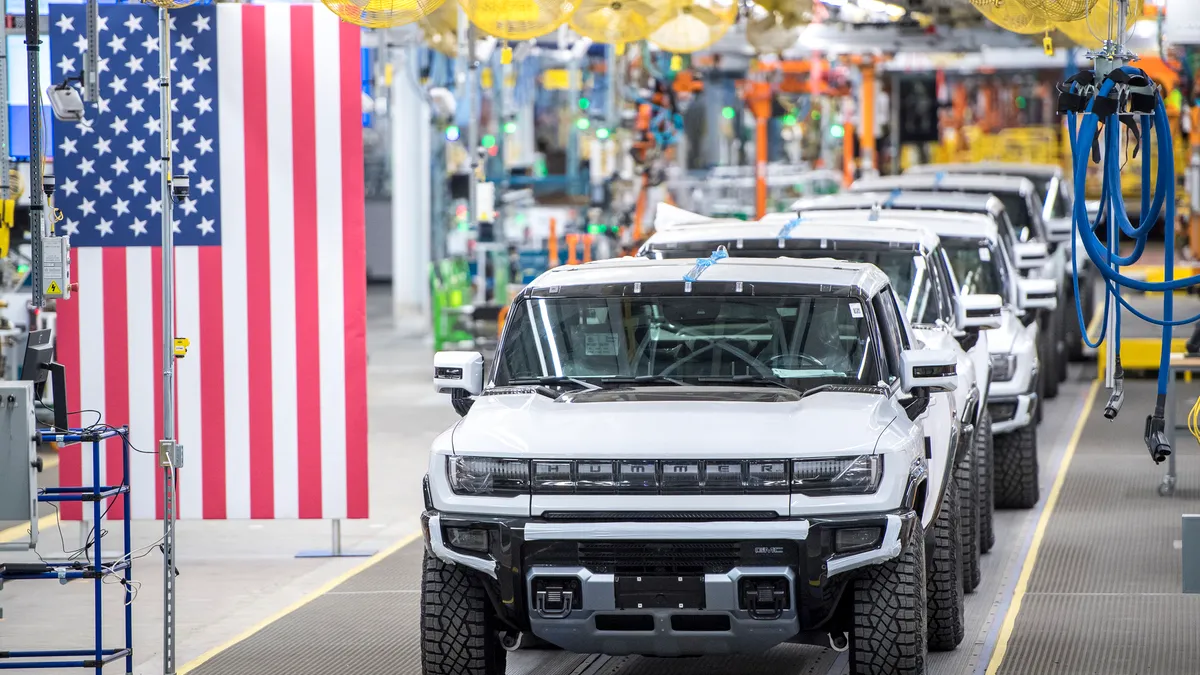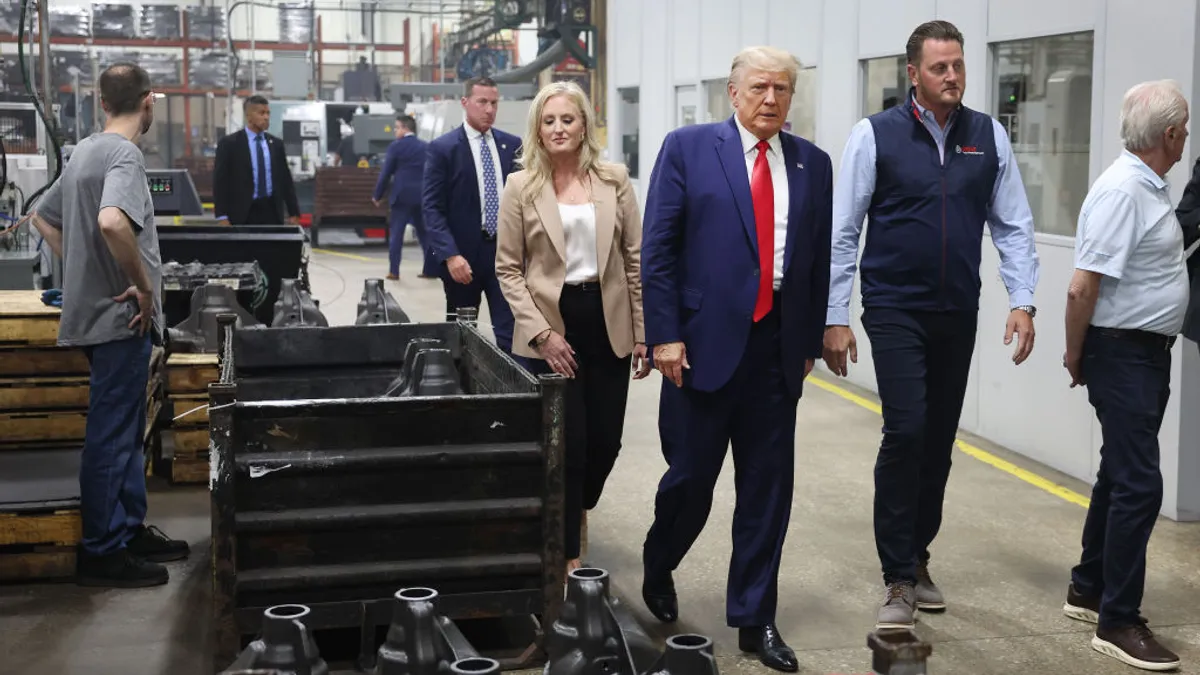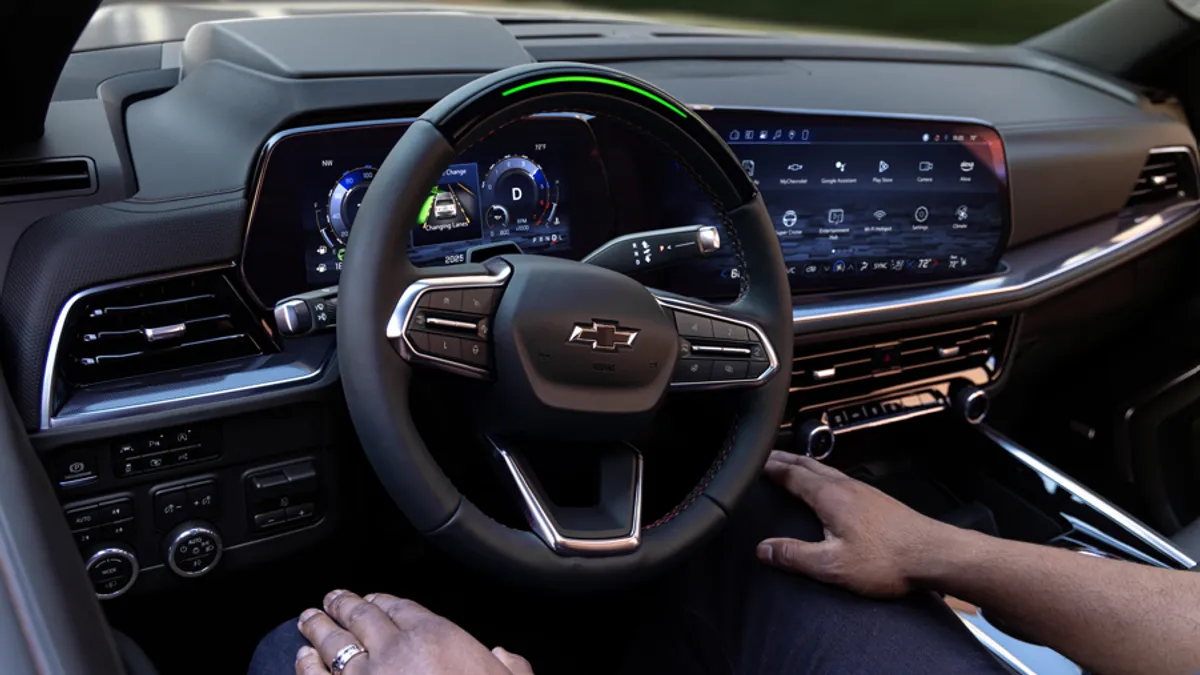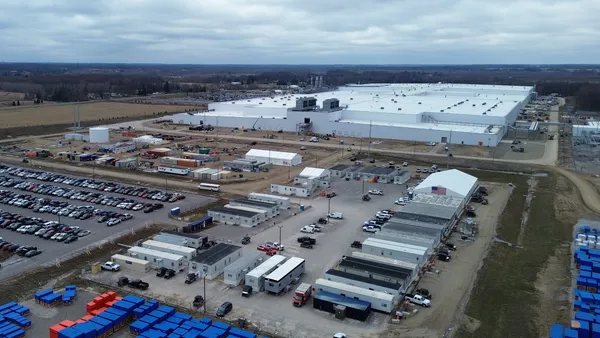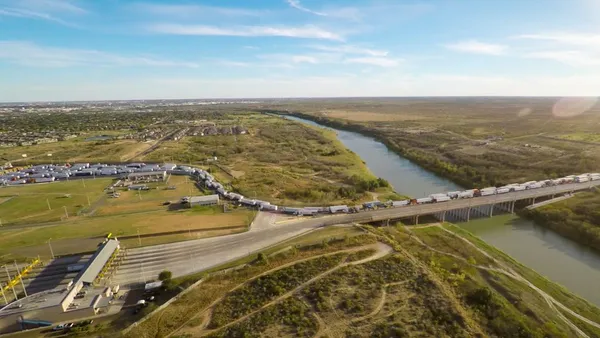General Motors CEO Mary Barra on Tuesday blamed issues with its automation equipment supplier for throwing a wrench in its EV production ramp-up.
The automaker has experienced “unexpected delays” because an unnamed supplier has struggled with delivering automation equipment — a holdup that is limiting battery module assembly capacity, Barra said during an earnings call.
“We were surprised by the supplier; we thought they were better on track for the delivery,” said Barra, a former VP of global manufacturing engineering and plant manager at GM. She called the incident “so disappointing,” adding that she has been personally involved with reviewing the assembly lines.
GM has deployed teams of its manufacturing engineers to work with the automation supplier to improve delivery times, as well as added manual module assembly lines. The automaker is also increasing module capacity at its North American EV plants to ensure its coming launches are not hindered by the issue.
While GM achieved its goal of producing 50,000 EVs in the first half of the year, Barra noted that nearly 80% were the Chevrolet Bolt models, rather than its new EVs that use its Ultium platform and batteries, due to the module assembly constraints.
“We’ve already seen a lot of improvement from, I’ll say, the last four-to-six weeks [and] we’re going to continue on that path,” Barra said. “What you’re going to see in the second half of this year, and then really crank up in the first half of next year, is a lot more Ultium-based products.”
This is the most recent setback GM has encountered as it works to meet its EV production target of 400,000 vehicles in North America. Reaching that goal was delayed six months, from the start of next year to mid-2024, after the automaker’s battery joint venture, Ultium, failed to scale operations as quickly as planned last fall.
As of March, EV production was set to increase in line with battery production in the second half of 2023.
Despite the supplier hiccup, GM still aims to produce 100,000 EVs in the year’s second half, remaining on track to achieve its 400,000 vehicle target.
“We’re not walking away from any of the targets we put out,” Barra said.



